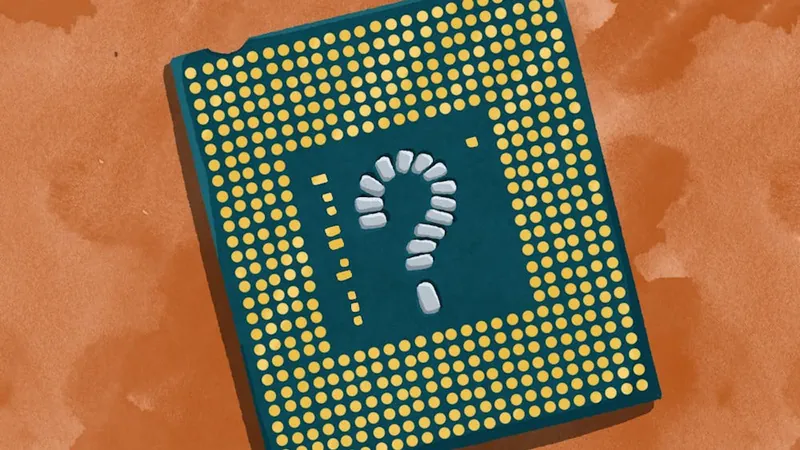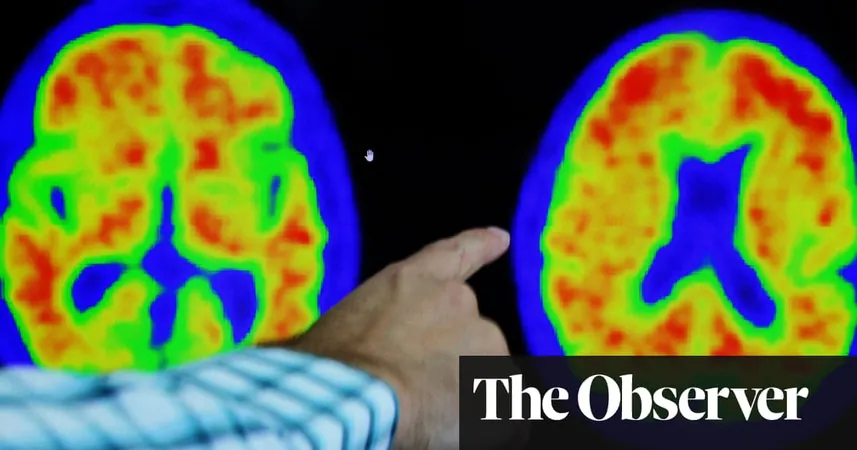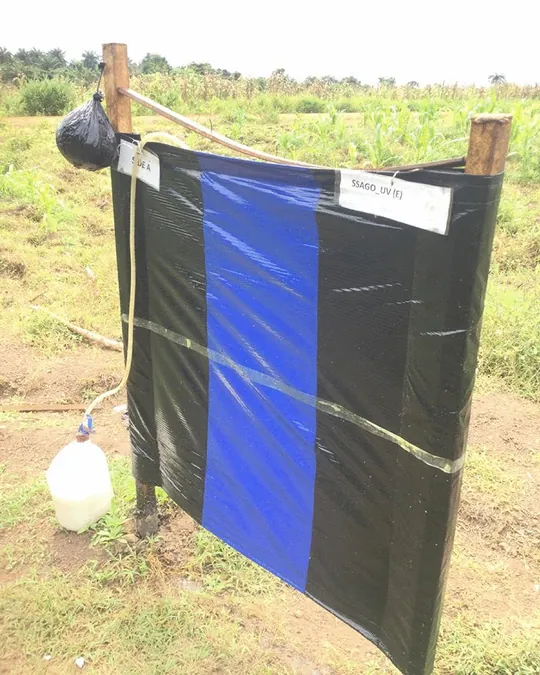
Revolutionary Advances in Material Science Thanks to Pioneering X-ray Techniques
2024-11-20
Author: Ming
Groundbreaking research at Arizona State University (ASU) is propelling the field of material science into a new era, thanks to innovative X-ray techniques that are reshaping our understanding of matter. This transformation has not only enhanced our theoretical grasp but is also spearheading practical advancements in sectors such as semiconductors and biological systems.
Jingyue Liu, a senior global futures scientist at ASU, states, “These techniques are part of a new wave of development for understanding materials.” Traditional methods used in material characterization have often relied on assumptions, but the application of X-ray technology enables researchers to gather empirical data to inform their findings.
Breaking Through Limitations
Historically, tools like electron microscopy have been integral in examining materials at the atomic level, yet they face significant constraints. "The requirement for a vacuum in electron microscopy limits studies on materials that cannot be dehydrated,” Liu explains. This poses problems for researchers working with biological samples that must remain in their natural environments.
Moreover, conventional methods such as dynamic light scattering, although helpful for measuring particle sizes, struggle with accurately resolving smaller particles due to the long wavelengths of light they use. The inception of X-ray techniques is enabling scientists to sidestep these challenges, thus revealing new dimensions of material behavior and structural properties.
X-ray Techniques: A Game Changer
X-ray methods are heralded as transformative tools in material science, offering unprecedented insights. Tijana Rajh, a leading figure at the School of Molecular Sciences, emphasizes the importance of X-ray techniques in understanding the nature of active sites within materials, saying, "These are the only tools that can provide clear insights into the environment, structure, and electronic properties of materials."
Recent advancements in X-ray nanoprobe technology allow researchers to focus on minute areas of materials for highly detailed analyses. Rajh describes it as “examining only the micron, submicron region,” which enables unprecedented scrutiny in observing how materials respond under different conditions.
Additionally, the introduction of X-ray Photon Correlation Spectroscopy (XPCS) delivers fresh perspectives on understanding particles in liquid environments, which can have far-reaching implications across various scientific realms.
Real-World Applications
The implications of these groundbreaking X-ray techniques are vast, particularly in the development of modern semiconductors—critical components in electronic devices. Researchers are investigating materials like amorphous silicon, which have shown promise due to their electrical properties, yet the underlying reasons for their effectiveness remain elusive.
“The understanding of why amorphous silicon is so good opens the door to designing potentially better semiconductors,” Rajh highlights. Liu adds that such advancements could significantly impact both the economy and society by addressing fundamental challenges.
Moreover, the cutting-edge work at ASU extends beyond semiconductors. Rajh notes that studying dynamic interactions in biological systems—like how ATP binding alters structures—can shed light on critical biochemical processes, enabling innovations in health and medicine.
Collaborative Interdisciplinary Efforts
According to Jason Khoury, an assistant professor in the School of Molecular Sciences, the integration of X-ray diffraction devices enhances research capabilities in both materials science and chemistry. The accessibility of laboratory X-ray instruments has been instrumental, yet synchrotron diffraction offers superior intensity for the analysis of new materials.
The future of material science seems particularly bright as the integration of advanced computational techniques and artificial intelligence stands poised to tackle unresolved challenges. Liu notes, “There’s enormous potential for AI to help unlock unknown territories in material behavior.”
A Bright Future Awaits
Notably, the journey ahead involves bridging gaps between the unexplored and the known, particularly within intricate systems. As X-ray imaging techniques continue to evolve, their role in sectors such as energy storage has already demonstrated invaluable contributions.
Detailed observations, like those made in battery research, allow for fine-tuning materials for optimal performance. Liu emphasizes, “To achieve breakthroughs, we need atomic resolution and ultra-fast techniques to analyze behaviors at the single-atom level.”
The work happening at ASU is igniting a revolution in material science, making previously hidden mysteries accessible, and paving the way for innovative discoveries that promise to reshape various fields—ushering in a future where the boundaries of material science are continually expanded.





 Brasil (PT)
Brasil (PT)
 Canada (EN)
Canada (EN)
 Chile (ES)
Chile (ES)
 España (ES)
España (ES)
 France (FR)
France (FR)
 Hong Kong (EN)
Hong Kong (EN)
 Italia (IT)
Italia (IT)
 日本 (JA)
日本 (JA)
 Magyarország (HU)
Magyarország (HU)
 Norge (NO)
Norge (NO)
 Polska (PL)
Polska (PL)
 Schweiz (DE)
Schweiz (DE)
 Singapore (EN)
Singapore (EN)
 Sverige (SV)
Sverige (SV)
 Suomi (FI)
Suomi (FI)
 Türkiye (TR)
Türkiye (TR)